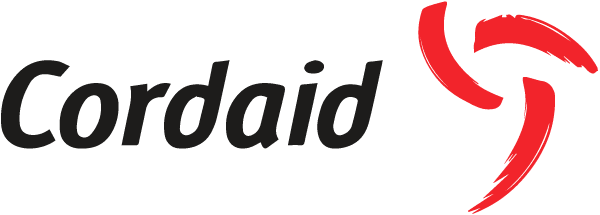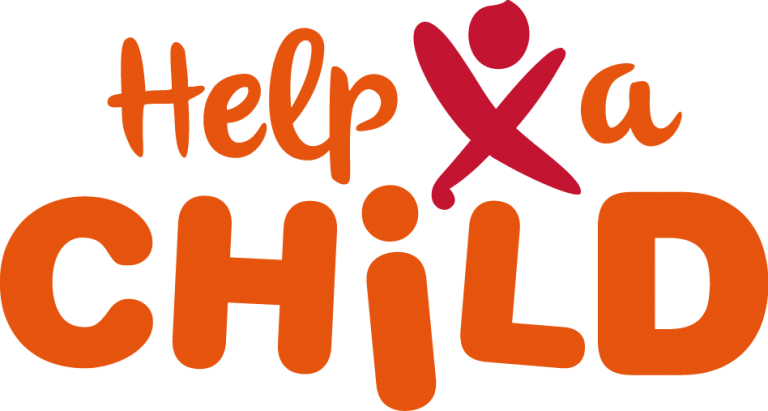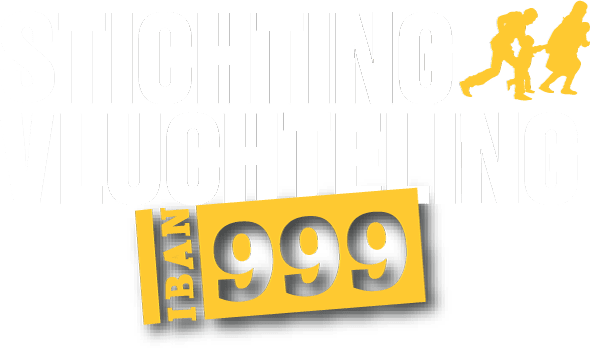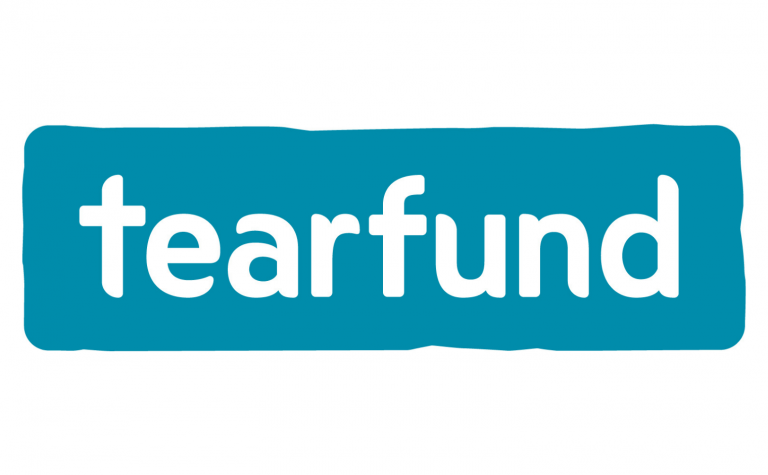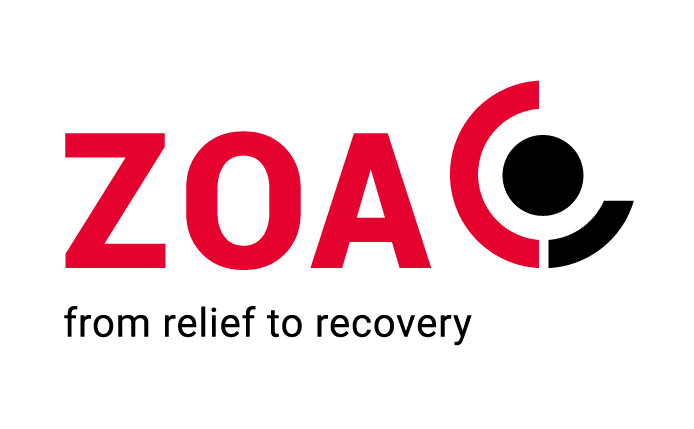OUR WHY
The optimisation of humanitarian assistance efforts continues to be a subject of debate. The Dutch Relief Alliance came out of an ambition to foster constructive change within the sector. The Dutch Relief Alliance is more than the sum of its parts. While our members are united by a shared commitment to its vision and mission, they all work according to their own mandates and focus areas. A one-size-fits-all approach isn’t helpful within the complex reality and diverse contexts of humanitarian crises. What does help is diversity, coupled with agility and specific member lenses and expertise. The Dutch Relief Alliance is about collaboration, complementarity and learning, respecting identities and using each other’s strengths. Our collaborative approach allows us to learn from each other and push for further quality improvements and value for money. By working together we can achieve better responses for the people in need.
GRAND BARGAIN
At the heart of the Dutch Relief Alliance lies a shared wish to ‘put the Grand Bargain commitments into practice’. The sector has come to recognise that in humanitarian responses, the ‘what’ is ultimately less important than the ‘how’. This is where the Dutch Relief Alliance is breaking new ground. We are committed to our joint vision – and to finding new ways to realise it together as a coalition. The Dutch Relief Alliance is an on-going, global ’testing ground’ for engagement with Grand Bargain and Core Humanitarian Standards commitments like localisation, multi-year funding and programming, accountability and community engagement.
HUMANITARIAN NEEDS
Humanitarian needs continue to grow and are becoming increasingly chronic and complex. More people are currently displaced from their homes than at any time since the end of the Second World War. Local refugee situations are becoming more entrenched. Women and girls are at increased risk of conflict-related sexual violence. As the climate crisis accelerates we can expect more migration, conflict, pandemics and natural disasters. Climate change and migration drive urbanisation (over 50% in 2020; at least 70% in 2050), and the urbanisation of humanitarian crisis and aid amplifies the need for agility, innovation and collaboration.
LOCALISATION
The Dutch Relief Alliance defines localisation as a process in which local actors are assigned a prominent role and stronger leadership in humanitarian assistance. Localisation contributes to more equitable partnerships between local and international actors. This in turn can increase the impact of humanitarian assistance, address power imbalances within the humanitarian system and promote sustainability and exit strategies. For example, localisation can improve effectiveness by leveraging local knowledge, context awareness and connections with communities. Read more.
INNOVATION AND BEST PRACTICES
One of the key advantages of our members’ close collaboration is that we can share best practices and accelerate the implementation of innovative solutions.
Between 2018 and 2021, we specifically allocated funds to innovations in the field of the smart use of data, cash programming, safety and security and renewable energy. Today, innovation – combined with lessons learned – has
become an integral part of our approach. Read more about our innovation projects here.


